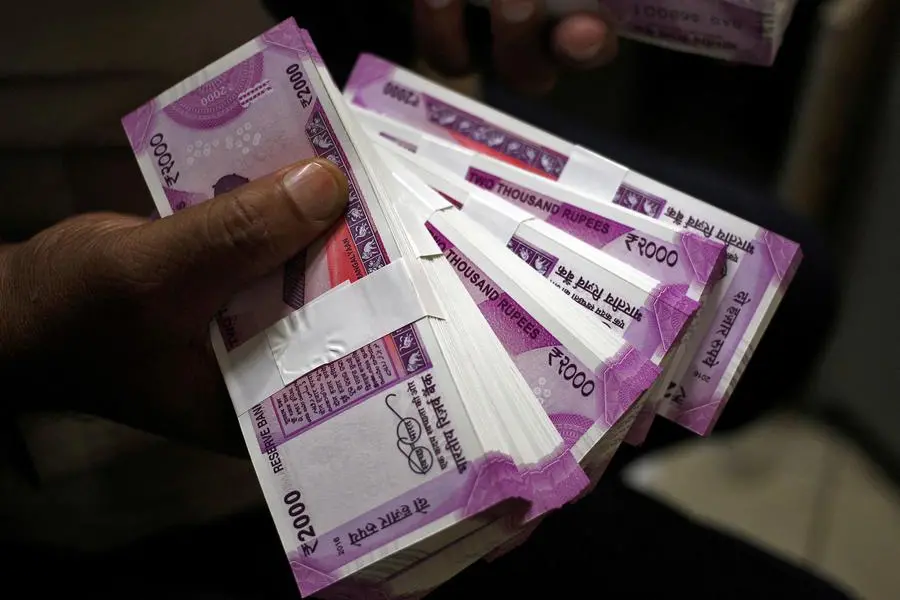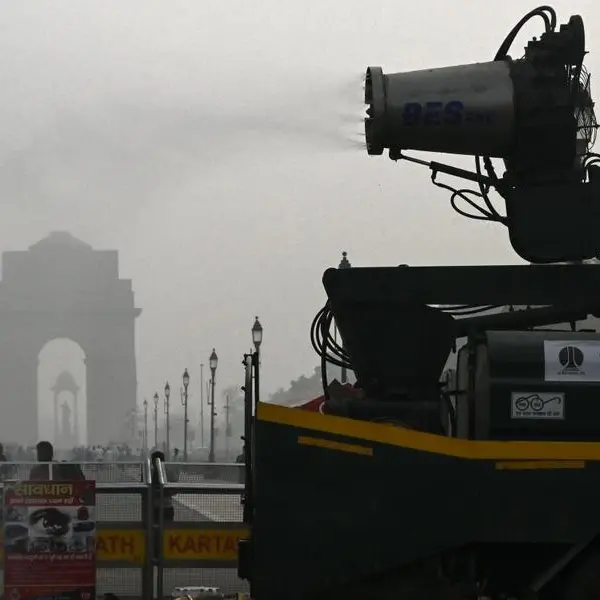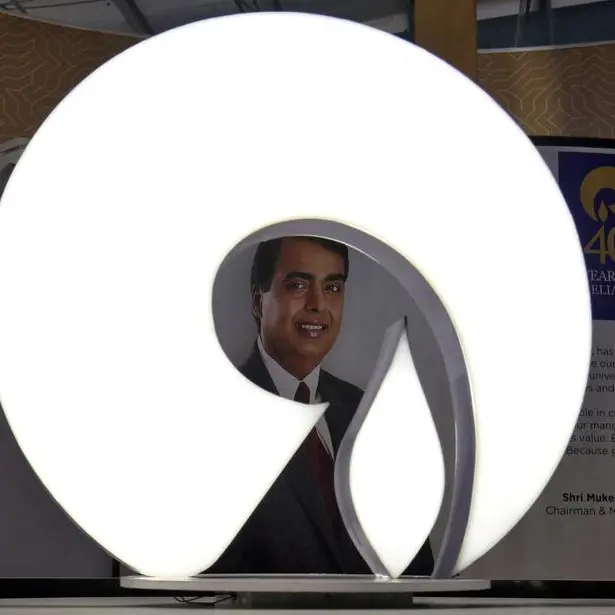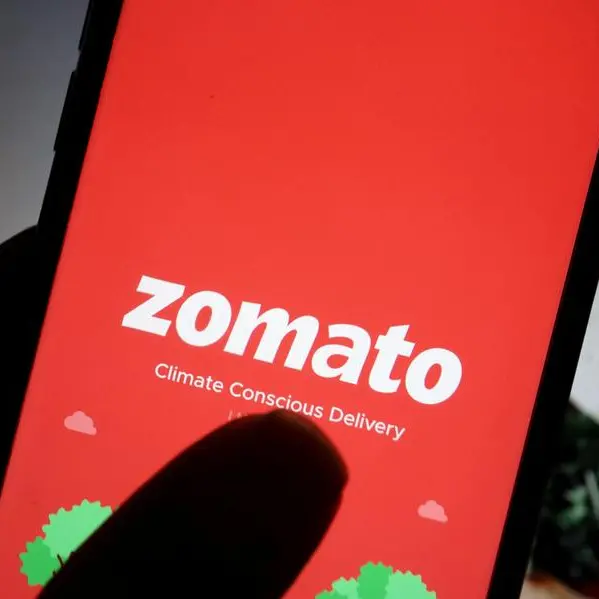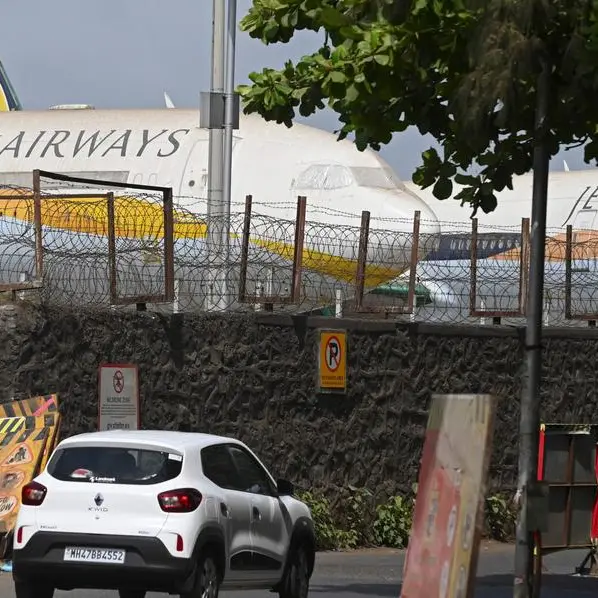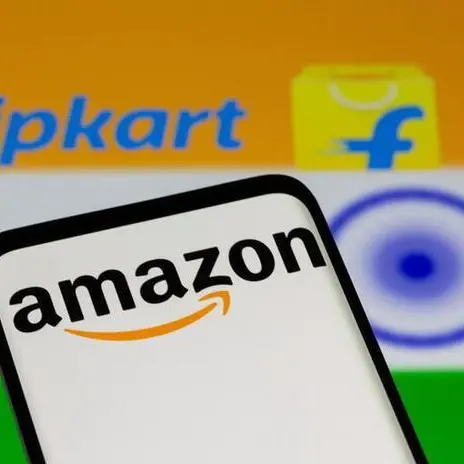PHOTO
Indian debt market participants have pushed their expectations for the start of rate cuts by at least two months following the hawkish tone of the latest monetary policy statement, as reflected in the overnight index swap (OIS) market, traders said.
"From the swap market move, we can extrapolate that the chances of rate cuts have been pushed back further to at least the third quarter of next fiscal," Alok Singh, group head of treasury at CSB Bank in Mumbai, said.
"Rate cut in India may happen only when the Fed starts to cut rates, and when there is some slowdown in the economy."
Last week, the Reserve Bank of India (RBI) kept its policy rate and stance unchanged for a sixth meeting and reiterated its commitment to meet the 4% inflation target, with Governor Shaktikanta Das saying the last mile of disinflation is always the "most challenging".
India's OIS market has seen 'paying pressure', with the impact being amplified amid unwinding of an earlier 'received position' by a large private bank, according to traders.
The one-year swap rose to 6.71% and the five-year gained to 6.33% on Tuesday, both up by around 12 basis points (bps) from before the RBI policy last week.
OIS markets reflect interest rate expectations. A paying bias indicates expectations of interest rates remaining higher or rising.
Citi economists Samiran Chakraborty and Baqar M. Zaidi expect the RBI to stay on hold for longer as it cautiously navigates the last mile of disinflation. They expect a change in the policy stance to neutral in June and expect the first rate cut in October, against their earlier estimates of April and August.
The Federal Reserve delaying its rate cuts has also hit bets of an early easing in India, traders said.
While markets are not expecting any rate action from the Fed in March, they are now divided between May and June for when the U.S. rates might be cut.
ICICI Securities Primary Dealership expects the Fed easing cycle to start from June, with expectation of a cumulative 100 bps of cuts. The primary dealer eyes a shallow rate cut cycle of 50 bps in India, a view echoed by several other investors.
(Reporting by Dharamraj Dhutia; Editing by Mrigank Dhaniwala)
